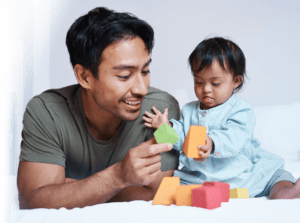A Transition Plan is a document you will create with your child and the rest of the IEP Team by the time your child turns 16. The word “transition” in this case refers to the transition from high school to adult life. This occurs when your child receives a diploma or turns 22 and is no longer part of a school program. Transition Planning might include helping your child prepare to get a job, attend a college program, or receive care services to help them with their daily living needs.
Here are four things to think about to get you started:
1. Think about what you see your child doing after high school (or after they are 22 and no longer in a school program). Will she be living with you? Getting a job? Living in a group home? Entering a college program?2. Encourage your child to think about their interests, values, and future goals.3. Give them opportunities to practice making decisions and to learn about themselves. These conversations will help the IEP team (including you!) create a transition plan that is really what your child wants.4. Get advice from friends, teachers, or service providers.
The Transition Plan you create with the school will describe the services and actions that will support your child’s future goals.
The plan should address your child’s challenges and needs for support in the following areas:
-
Further education and training
-
Employment
-
Independent or supported living
-
Community participation
The Transition Plan is not a legal document like the IEP, but you should attach it to the IEP regardless. This is also a good way to stay organized!Is your child approaching transition age? Visit our Exceptional Lives Transition to Adulthood Guide to learn more, get tips on creating a plan and working with the school, and customize the information to receive only what is relevant to your situation.


